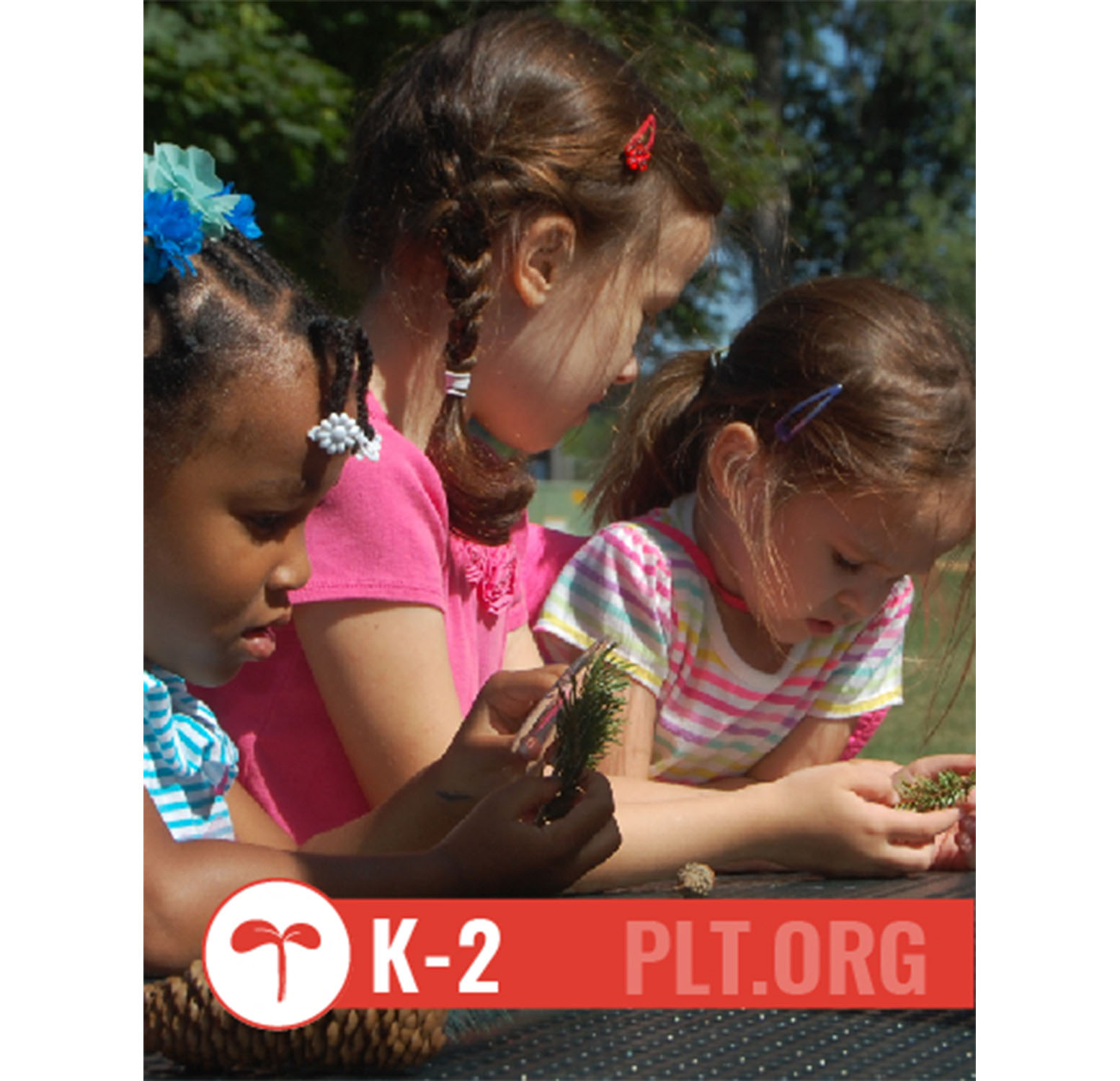
Treemendous Science!
For K-2 teachers, Treemendous Science! helps young children explore, experience, and collect data to understand how trees grow, the roles trees play in ecological systems, and how humans and trees interact.

For K-2 teachers, Treemendous Science! helps young children explore, experience, and collect data to understand how trees grow, the roles trees play in ecological systems, and how humans and trees interact.
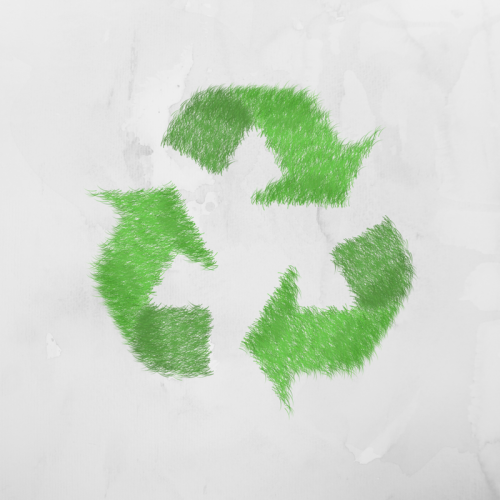
Give “reduce, reuse, recycle” a whole new meaning by incorporating this concept into many subject areas. Many of these hands-on project ideas can be adapted for any grade.
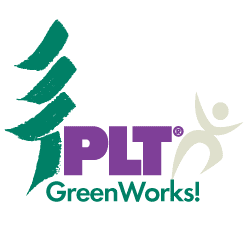
Students across the country will “learn by doing” through a variety of projects they help design and implement to conserve and improve the environment.

Young students don’t need to wait until they’re older to make a difference. Here are 13 inspiring stories that show what’s possible when young environmentalists take action.
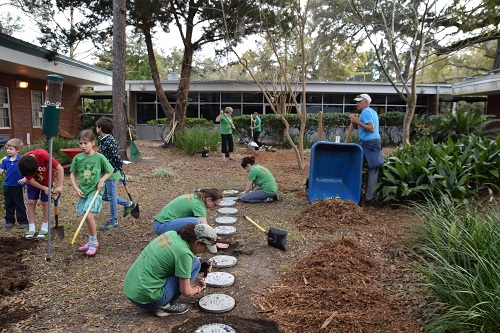
As the pandemic has disrupted countless traditional learning environments, many have begun to move classes outdoors. But as Project Learning Tree educators know all-too-well, taking lessons outdoors offers many more benefits than just germ control!
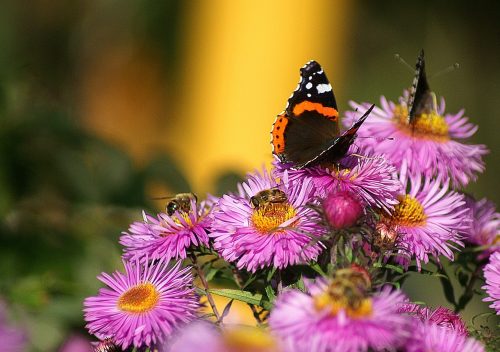
It’s critical we teach students about the role of pollinators. See how students of all ages can put their knowledge into practice and support pollinators.
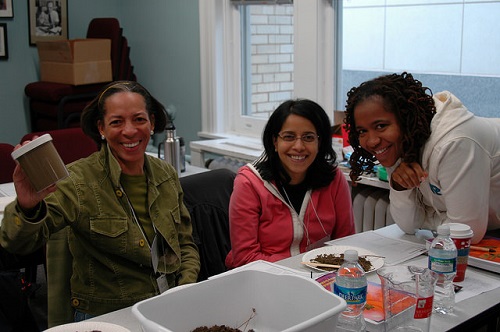
There is historic new federal funding available for environmental education through the Every Student Succeeds Act (ESSA). Invite your school superintendent to learn how to apply for this funding and why.
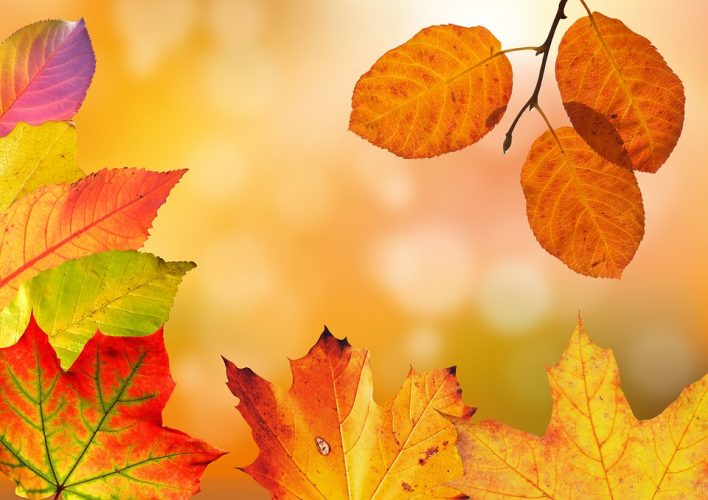
Fall is a great time to teach young students about the changing seasons and the science of leaves. Check out over 50 ideas for incorporating science, math, art, and literature into your lesson plan about leaves.

There are tens of thousands of known threatened species. It’s critical to teach our children about endangered species because if we don’t know about the problem, we can’t take steps to find solutions.
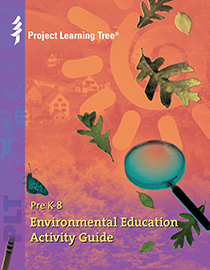
A popular resource for educators of elementary and middle school students, PLT’s PreK-8 guide contains 96 hands-on, multidisciplinary activities, with emphasis on science, reading, writing, mathematics, and social studies.